Air travel during the coronavirus outbreak can be made safer with a few basic precautions - and taking a window seat helps.
Experts say precautions can range from basic actions like keeping one's hands clean to flagging unwell passengers. But the key would be for an ill person to be socially responsible and not travel, and for airlines to prevent those who are ill from boarding, they said.
In an interview with The Straits Times yesterday, the International Air Transport Association's (Iata) medical adviser David Powell said: "The respiratory spread of this organism requires generally close contact, and actually most of these cases we have seen have been from household contact and hospital-type contact rather than casual contact.
"So any risk of (infection) is from contact with those close to you."
The World Health Organisation (WHO) said that when infected persons cough or sneeze, they spray small droplets from their nose or mouth which could then be breathed in by nearby individuals.
It recommends keeping a distance of at least 1m from someone who is coughing or sneezing, but this might not be possible on a plane.
Dr Wong Sin Yew from the Infectious Disease Specialists Group said that in case a passenger notices someone unwell in close proximity, it is better to alert the cabin crew so that the person can be given surgical masks.
Infectious diseases expert Paul Tambyah from the National University Hospital had said that transmission can also take place through indirect contact even if a person is sitting far away.
For example, when an infected person goes to an airplane toilet, he would touch the toilet handle and could leave viral particles there. Passengers who subsequently use the toilet would touch the handle as well, and this could expose them to the risk of infection.
Thus, hand hygiene is an important precaution for travellers, given that they could come into contact with the virus left behind by an infected person.
This could work even in a normal influenza season, experts said.
Those who want additional reassurance can also wipe surfaces around their seat with a disinfecting wipe, or even opt for a window seat.
According to a study of 10 transcontinental United States flights by the FlyHealthy Research Team from 2018, window seat passengers have far fewer close encounters on a plane than people in aisle and middle seats, which thus lowers their risk of getting an infectious disease.
"Our simulations using these data... indicate that a droplet-mediated respiratory infectious disease is unlikely to be directly transmitted beyond 1m from the infectious passenger," said the researchers.
"Thus, transmission is limited to one row in front of or behind an infectious passenger.
"Our simulations also indicate that an infectious flight attendant can generate several infections; thus, it is imperative that flight attendants not fly when they are ill."
The longer the flight, the more the movements of those on board and the more chances of close contact, the team noted.
Airlines are taking their own precautions.
Singapore Airlines and Scoot said they both have surgical masks on the plane for passengers who are unwell.
In addition, crew also have to take their temperature before flights.
One issue that is not a problem is the air quality on planes.
Their filtration systems can weed out most viruses, experts said.
Iata's Dr Powell said the high-efficiency particulate air (Hepa) filter on modern planes can remove about 99.97 per cent of airborne microbes, including virus and bacteria. Cabin air is refreshed every two or three minutes with this filter.
"Furthermore, the cabin air system delivers approximately 50 per cent outside air and 50 per cent filtered, recirculated air. This means the supplied air is essentially sterile," said Dr Powell.
Experts said the risk on a plane is actually quite small, especially for those who are not sitting close to an infected passenger.
The FlyHealthy Research Team noted that most contact on board was very brief.
University of Toronto infectious diseases expert Isaac Bogoch said: "Anytime we have lots of people congregating in a small place, there is the potential for something to happen, but that potential is extremely small, and that risk is extremely small."
This risk could be further mitigated by practising hand hygiene, he added.
Iata's Dr Powell insisted that travellers do not necessarily face extra risk of transmission now.
"Yes, it's still safe to fly and remains so, really, the risk is no different from before the outbreak," he said.
"To date, there's no real evidence of transmission from one passenger to another passenger, despite the fact that we know there have been instances where people have flown and travelled even when already sick with a fever."
Ultimately, the key is to prevent unwell passengers from boarding.
The Infectious Disease Specialists Group's Dr Wong said: "It's an issue of social responsibility - if you are ill, then you shouldn't fly... The focus should be also on airlines to ensure that anyone who is sick should not be allowed to board the aircraft."


![Falcon Chair [Free Footrest Worth $150]](http://ergoworks.com.sg/cdn/shop/files/Falcon_Chair_Main_Image.png?v=1757482801&width=104)

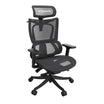
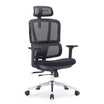
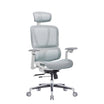
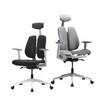
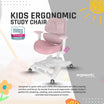
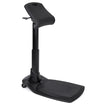
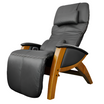

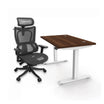
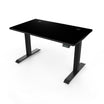
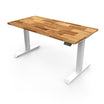
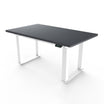
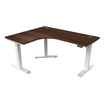
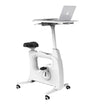
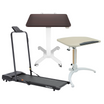
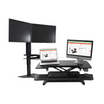
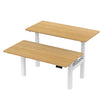


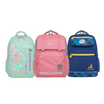

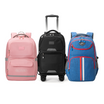
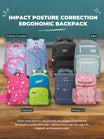
![Impact Ergonomic Kids Study Desk [Length Options Available]](http://ergoworks.com.sg/cdn/shop/files/KidDeskMainImageFinal.png?v=1764215536&width=104)
![Impact Ergonomic Kids Desk & Chair Set [FREE Spindle bookshelf & Eye Care Lamp Worth $318.90] [Chair & Length Options Available]](http://ergoworks.com.sg/cdn/shop/files/Kids_Desk_Nov_Promo_Square_Shopify.jpg?v=1761955288&width=104)

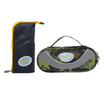

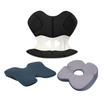
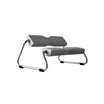


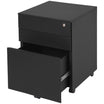
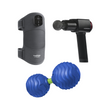
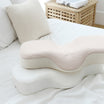
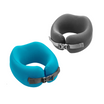


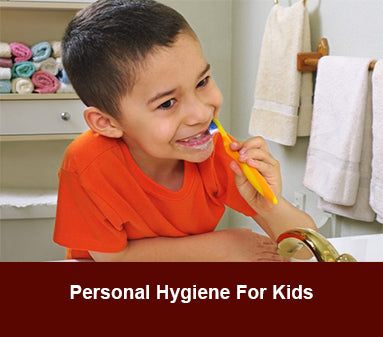

Leave a comment
This site is protected by hCaptcha and the hCaptcha Privacy Policy and Terms of Service apply.